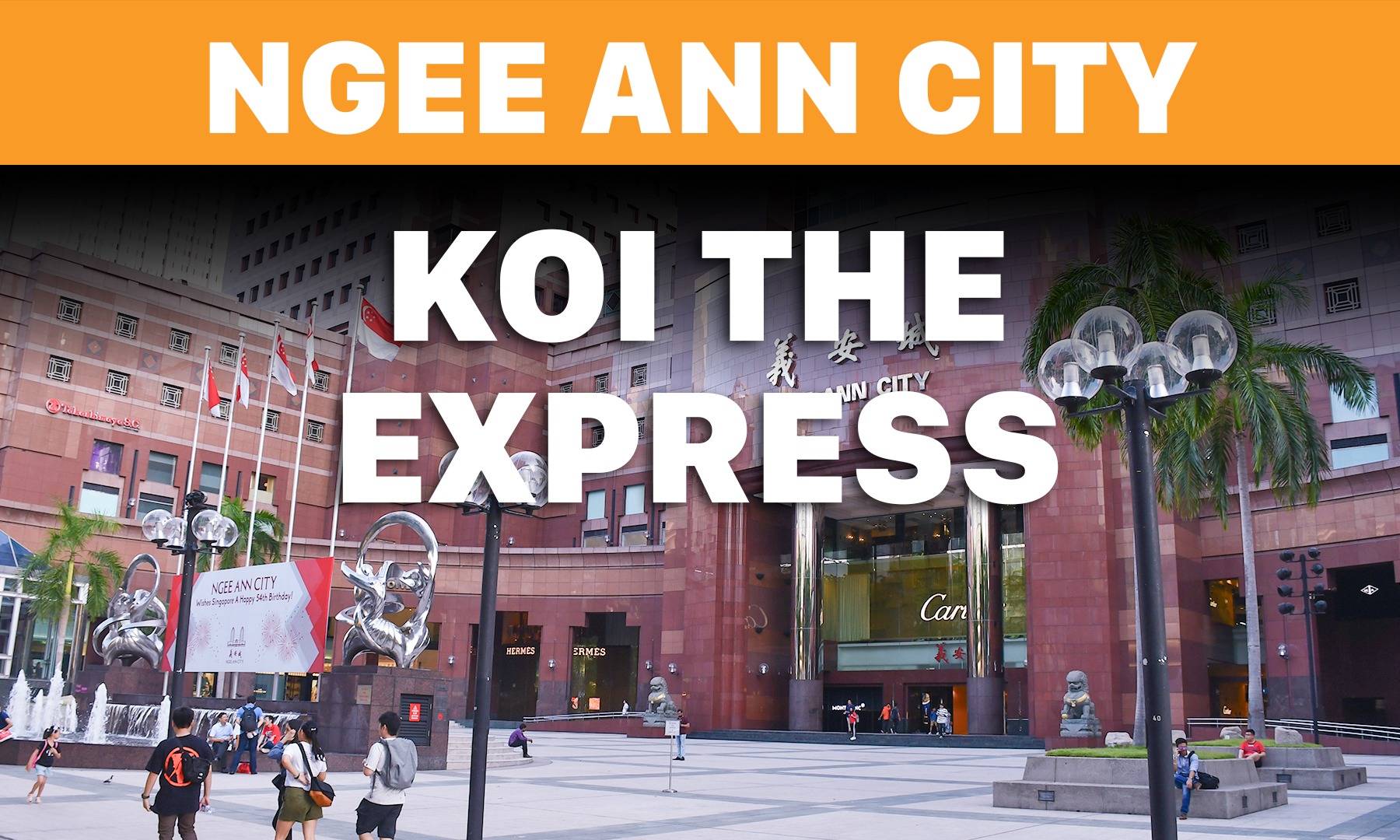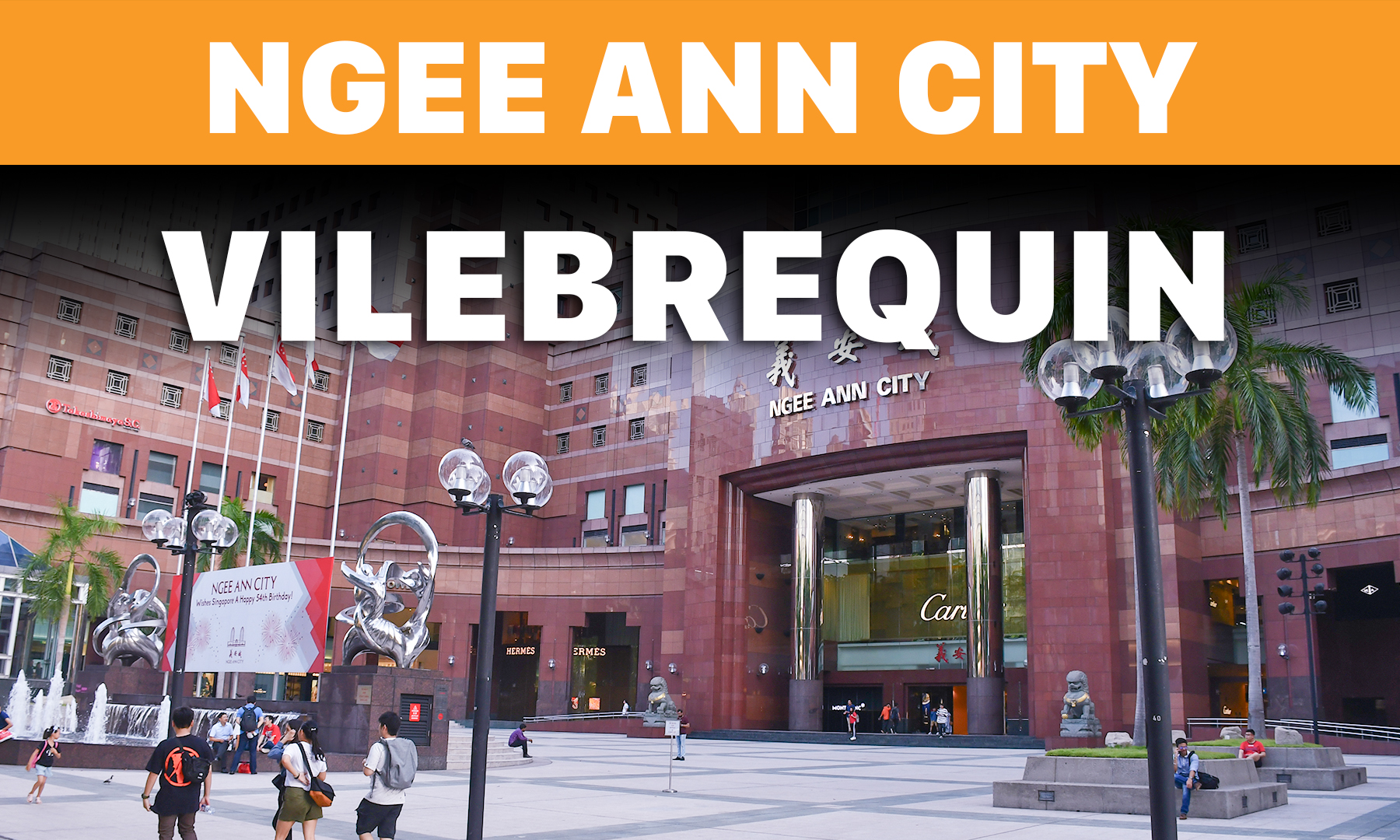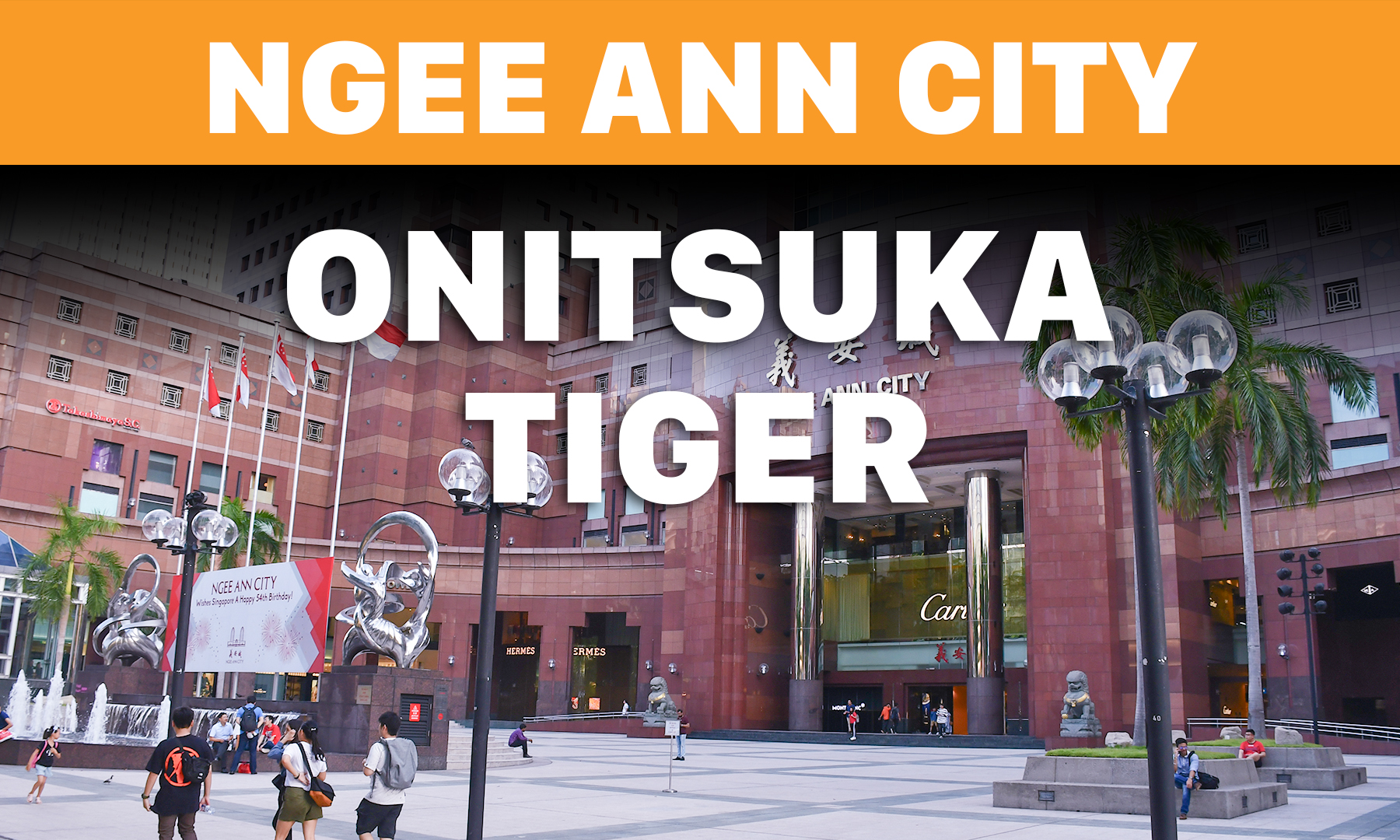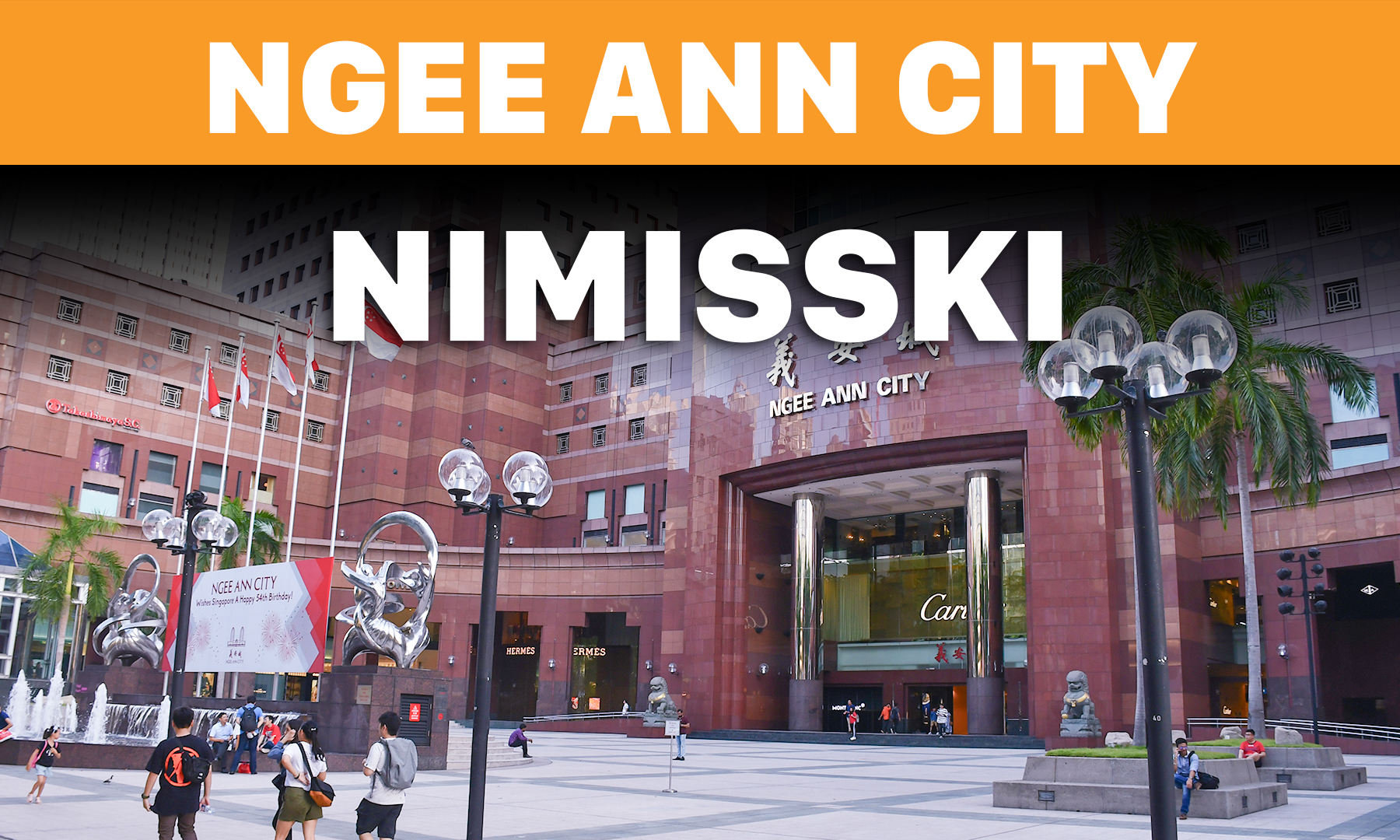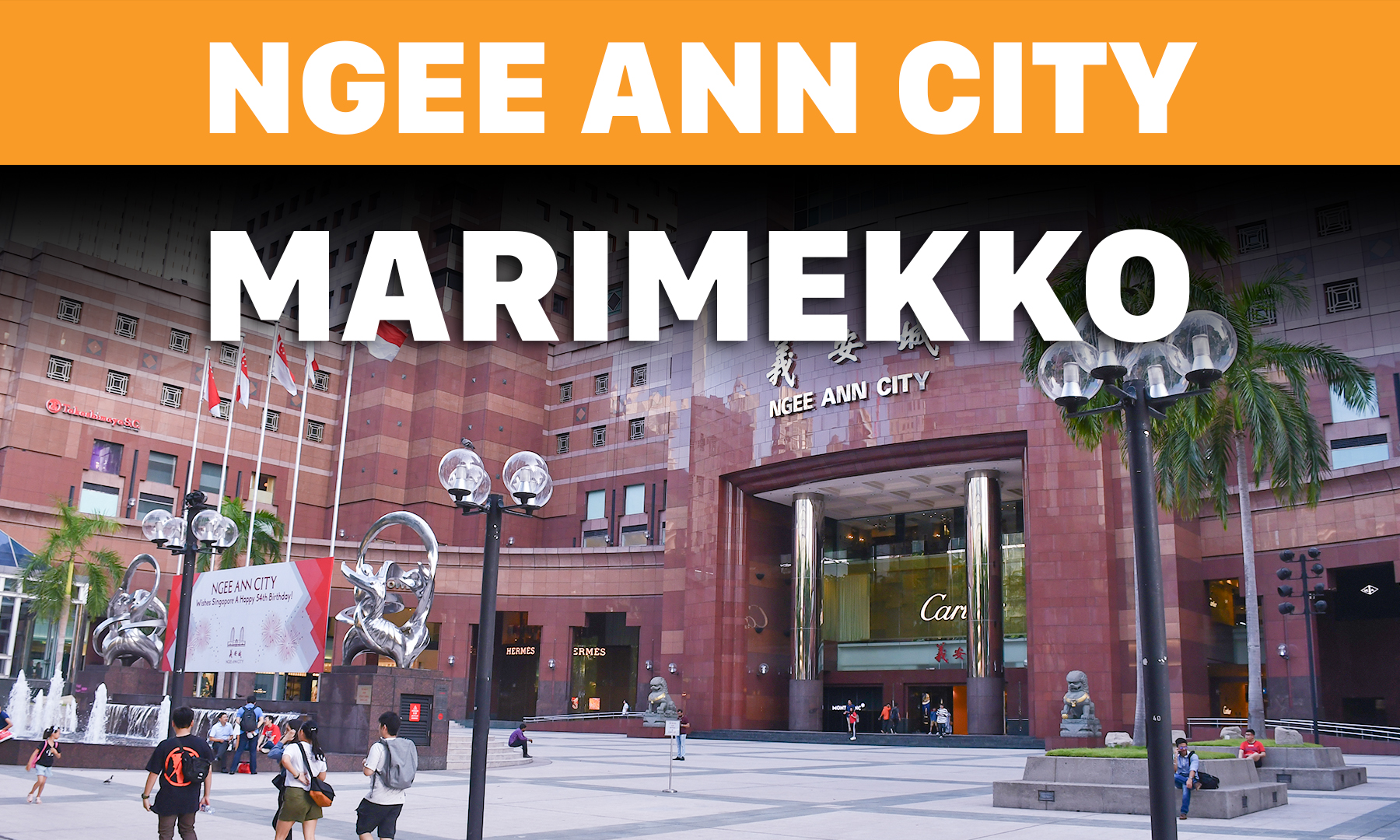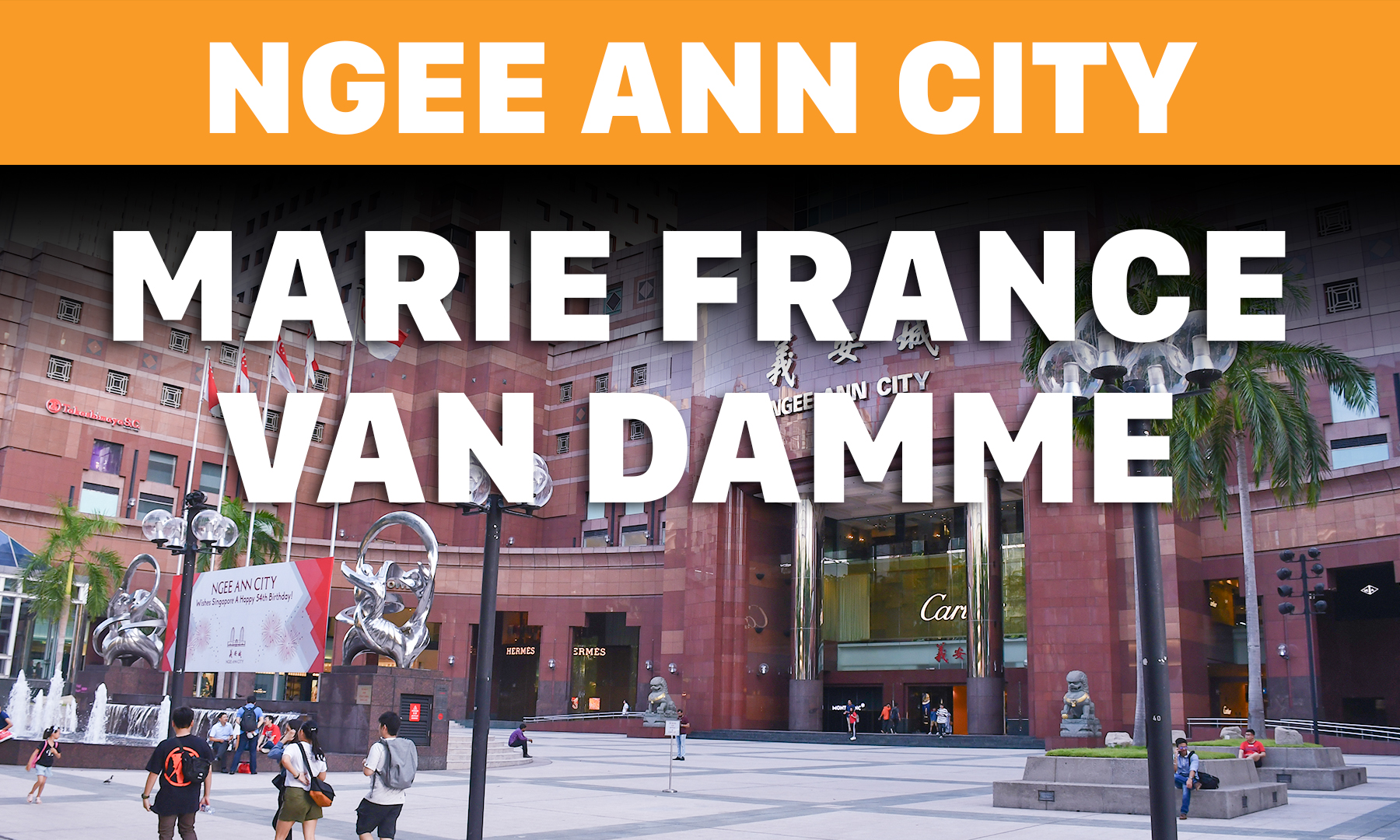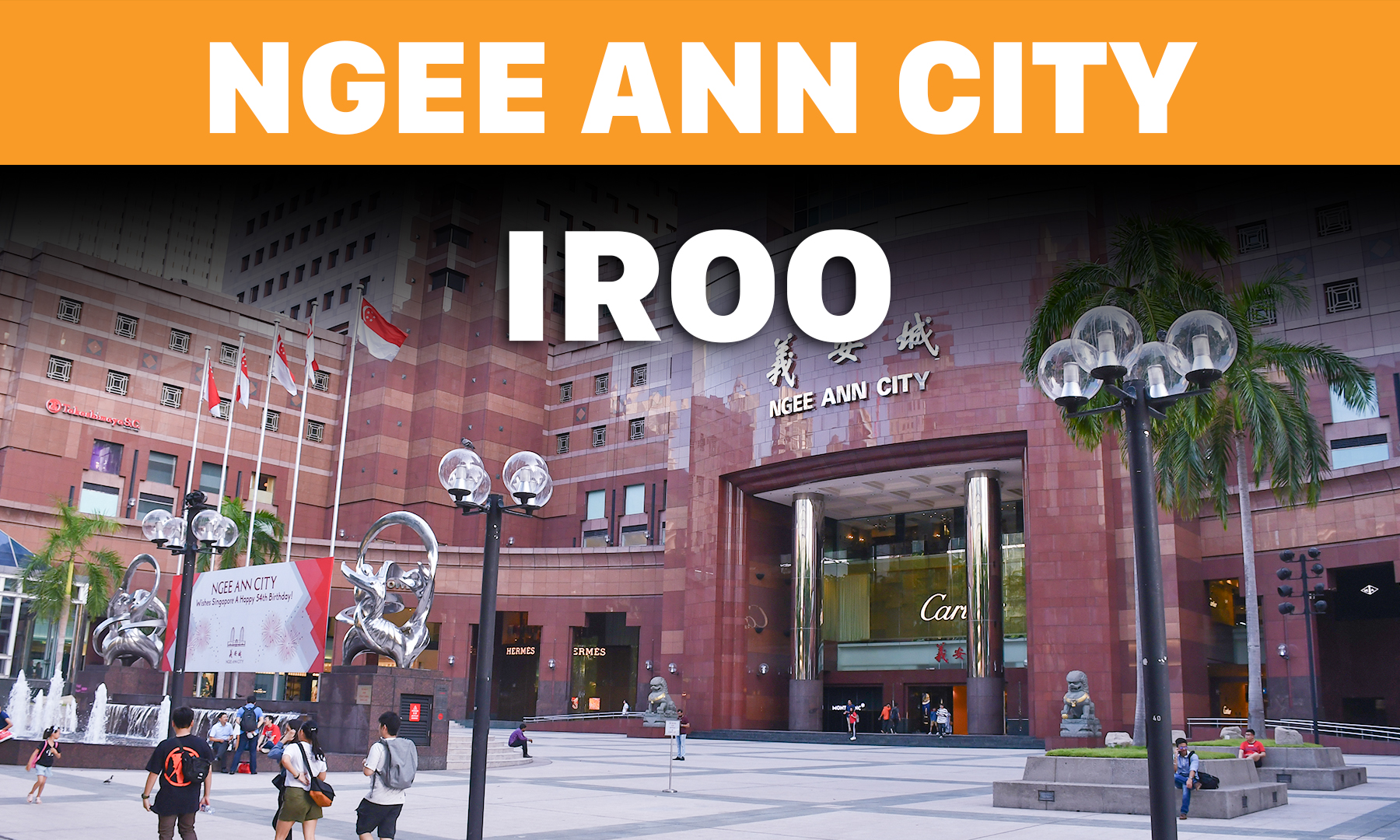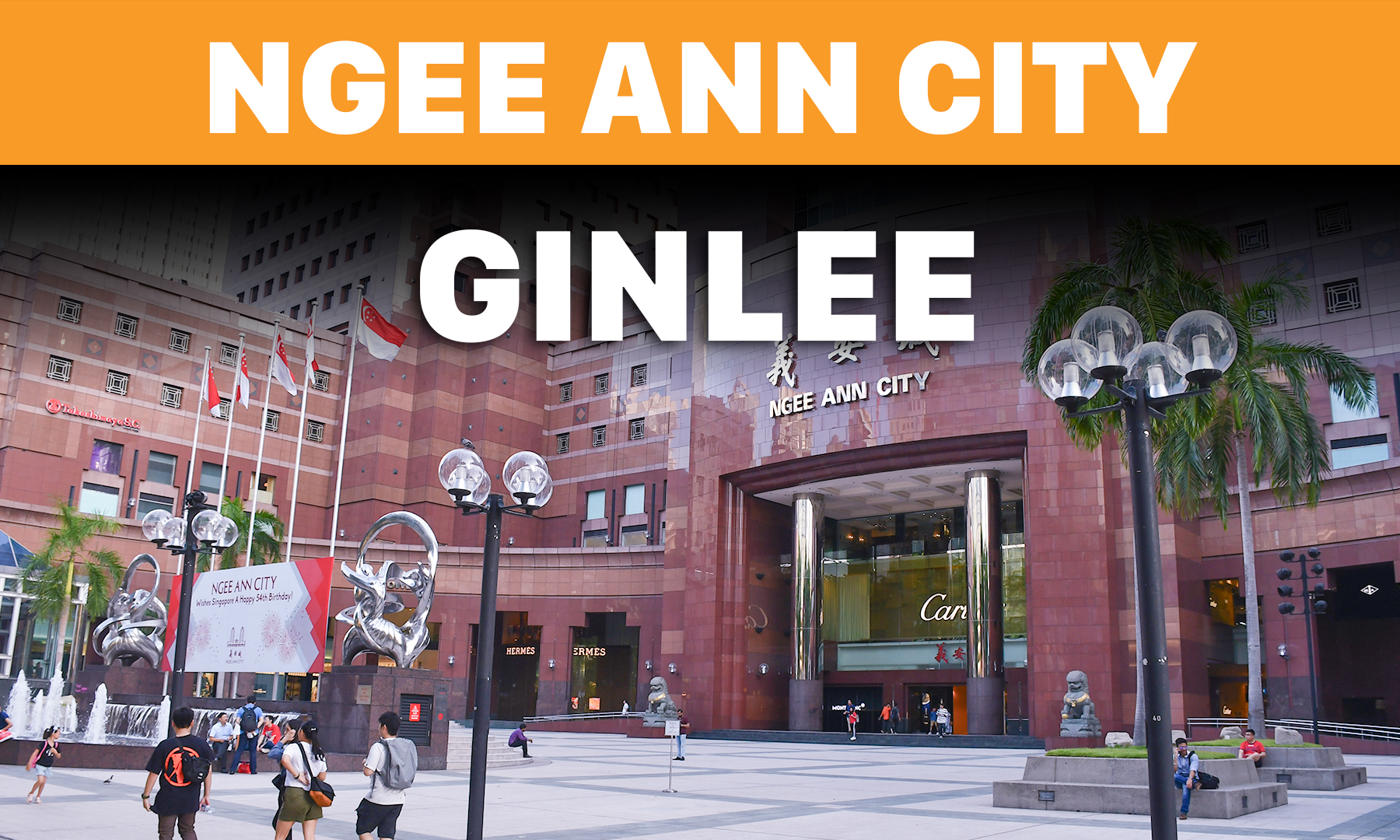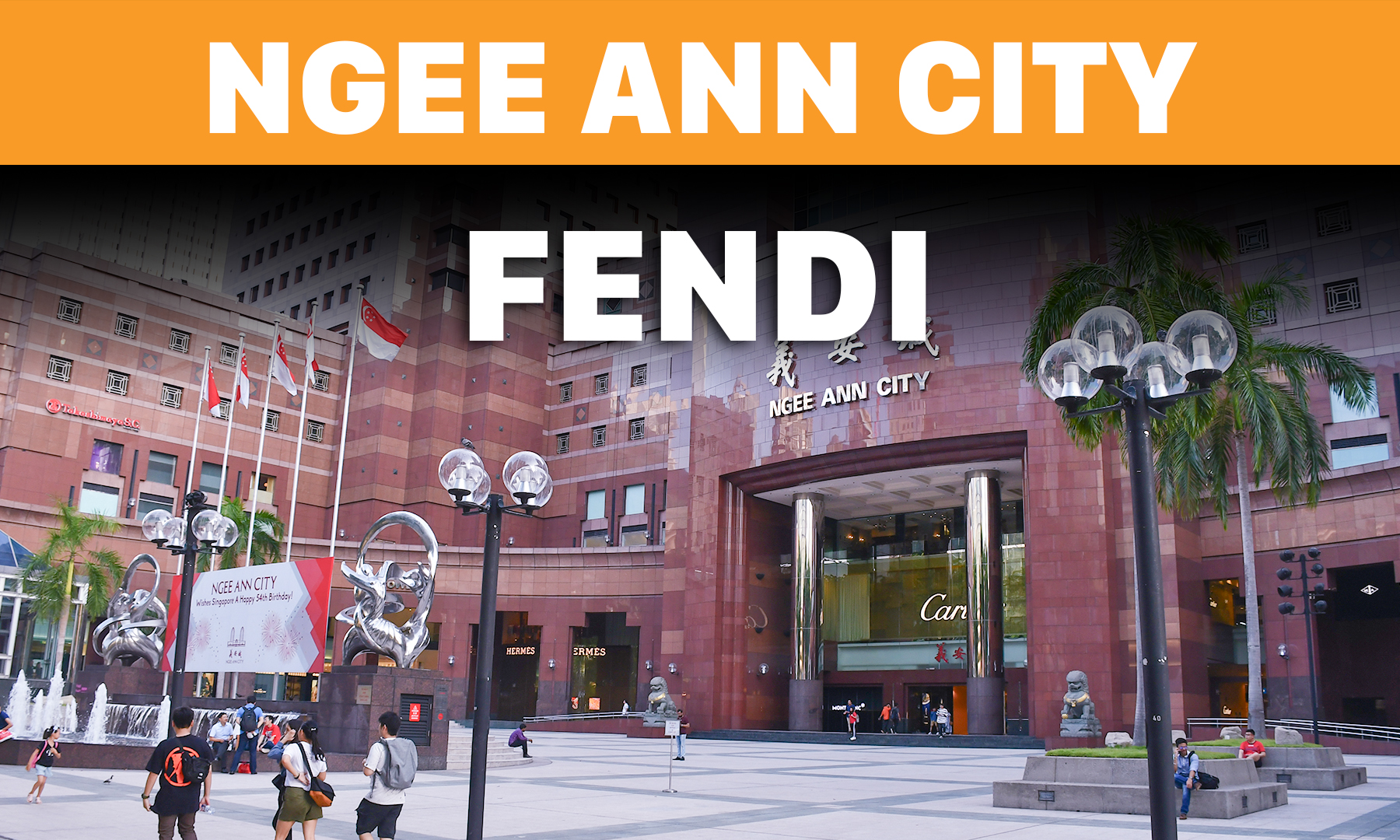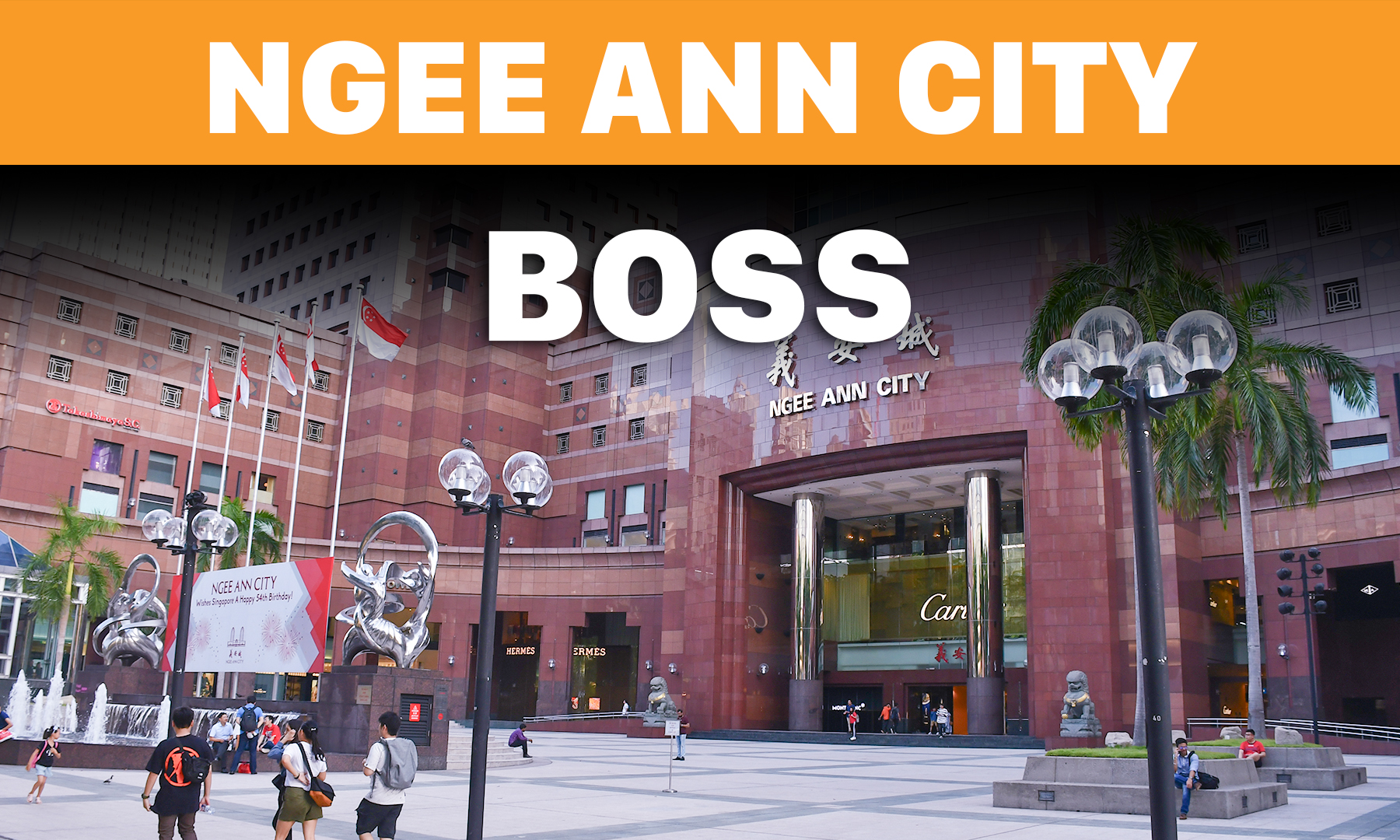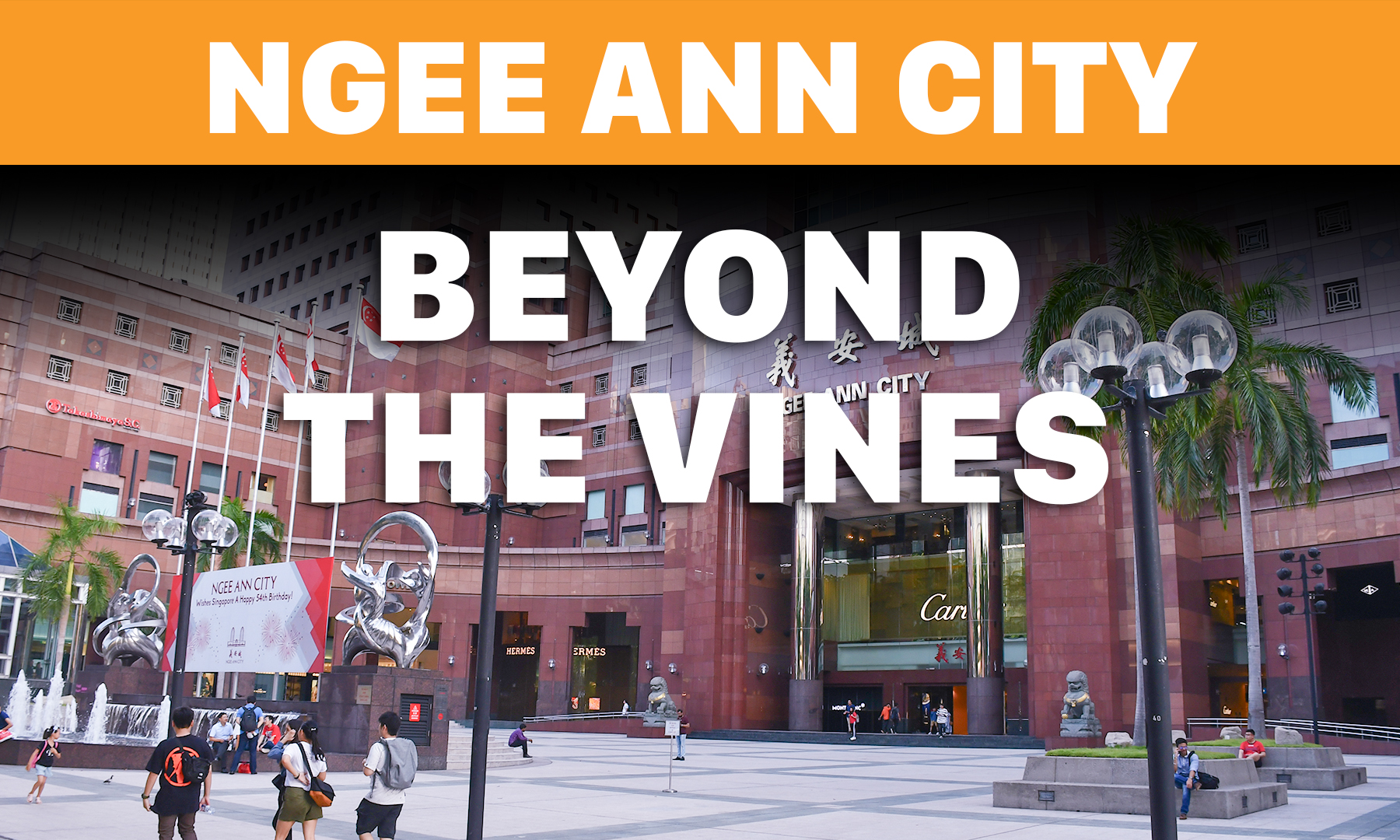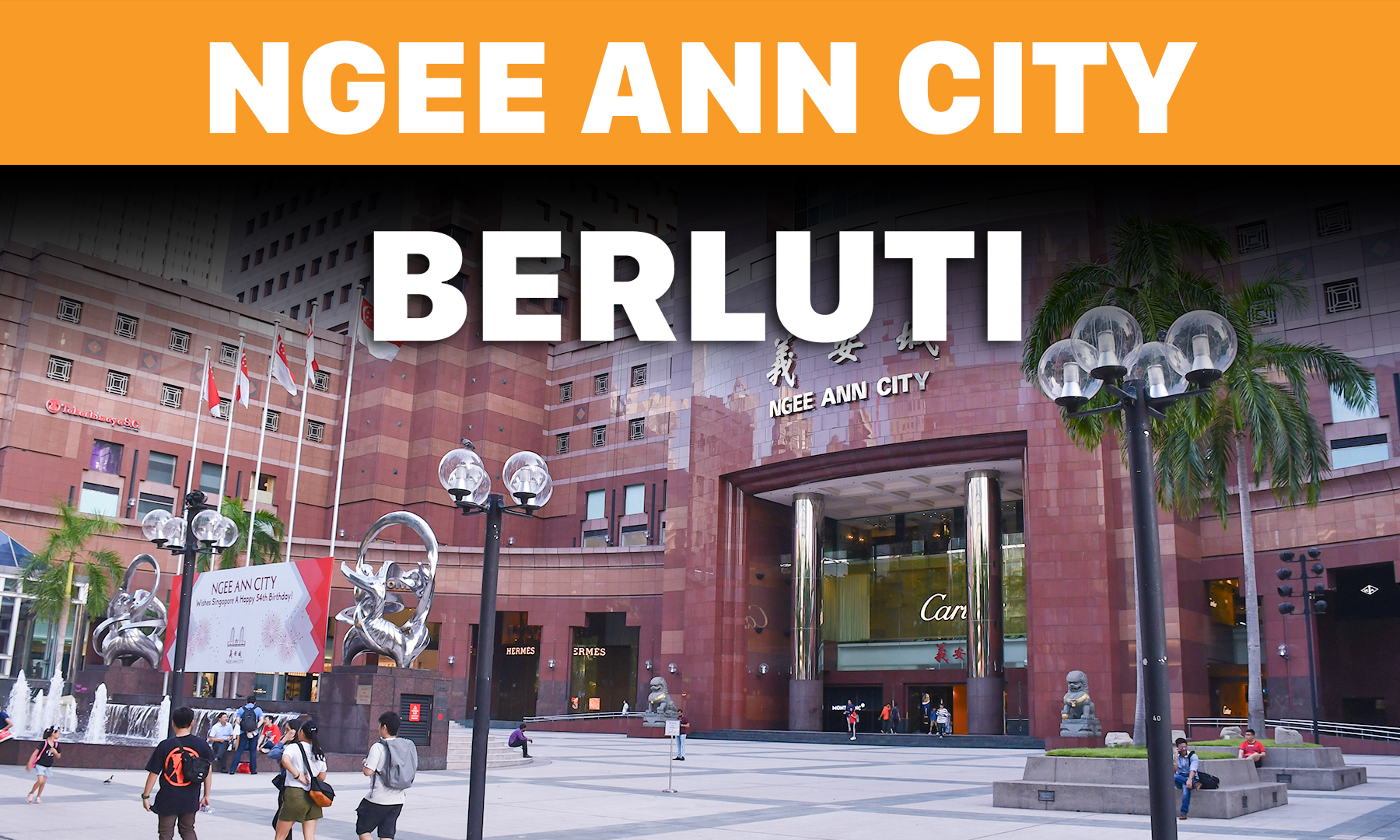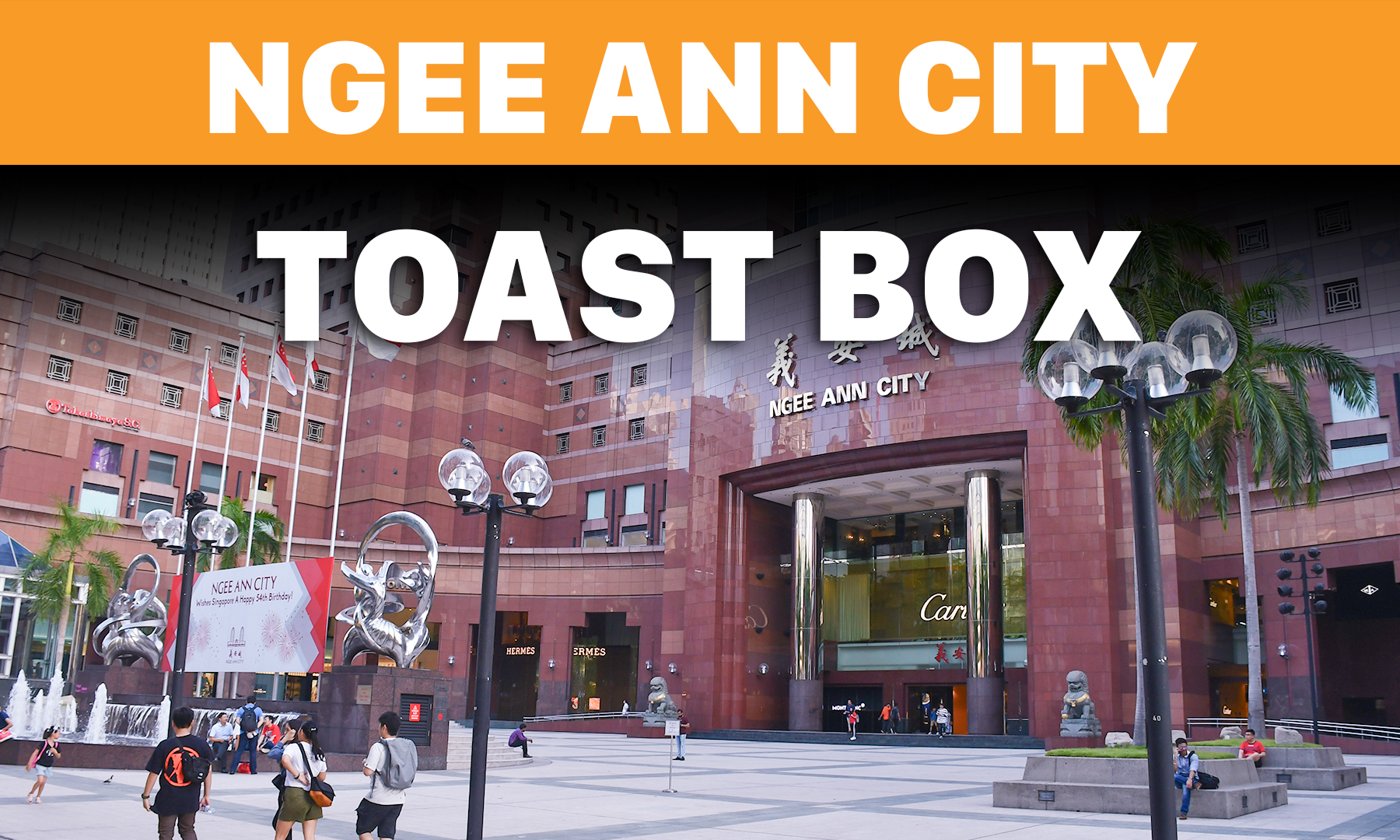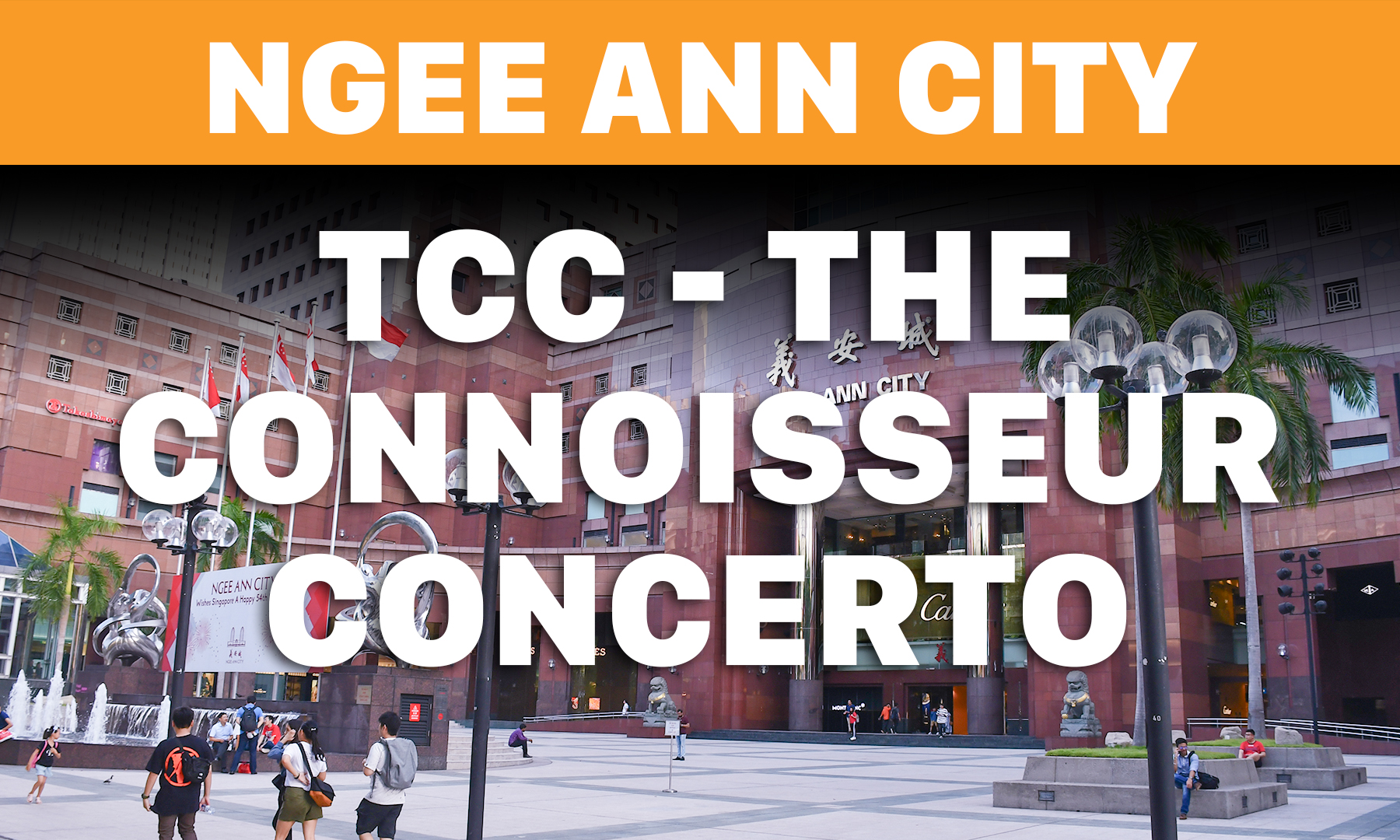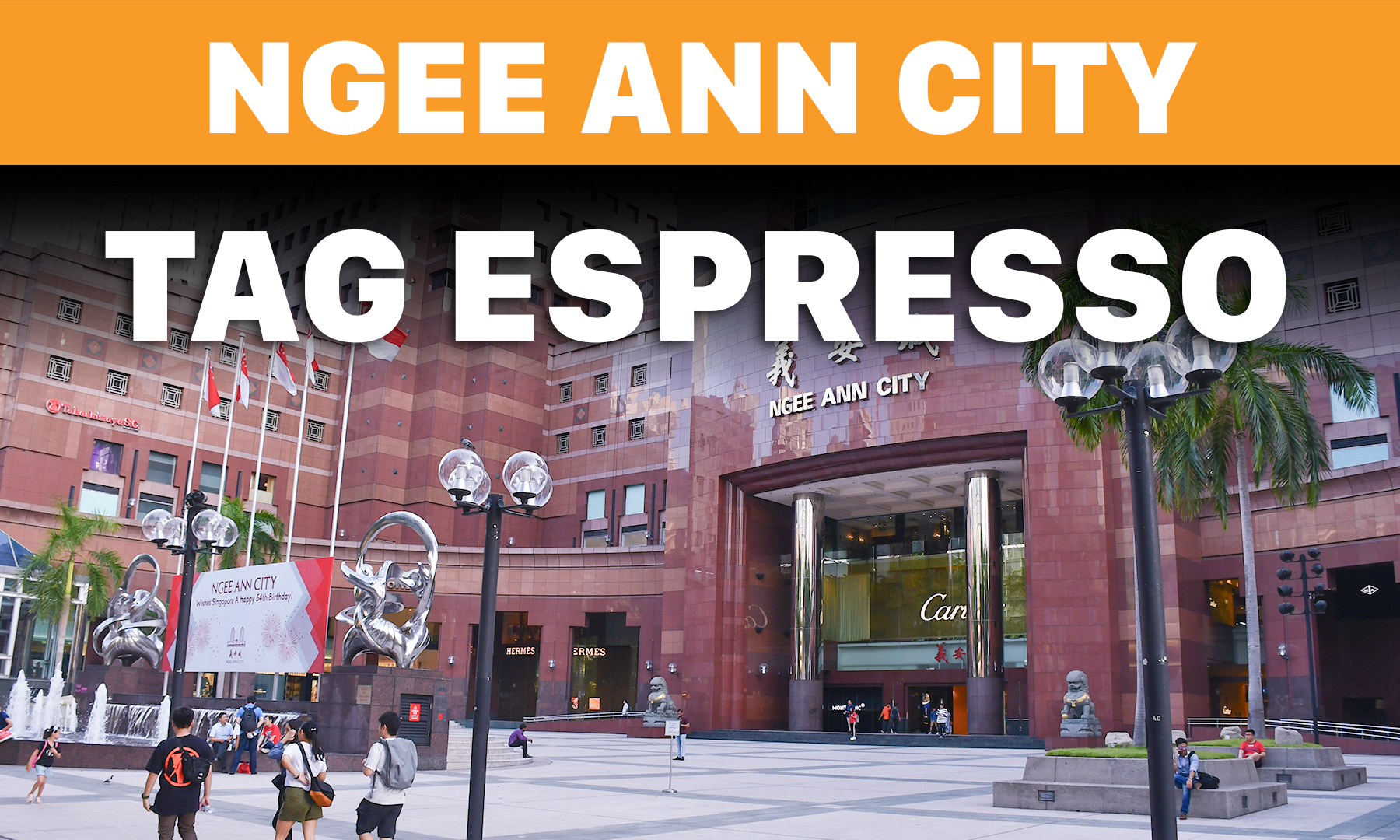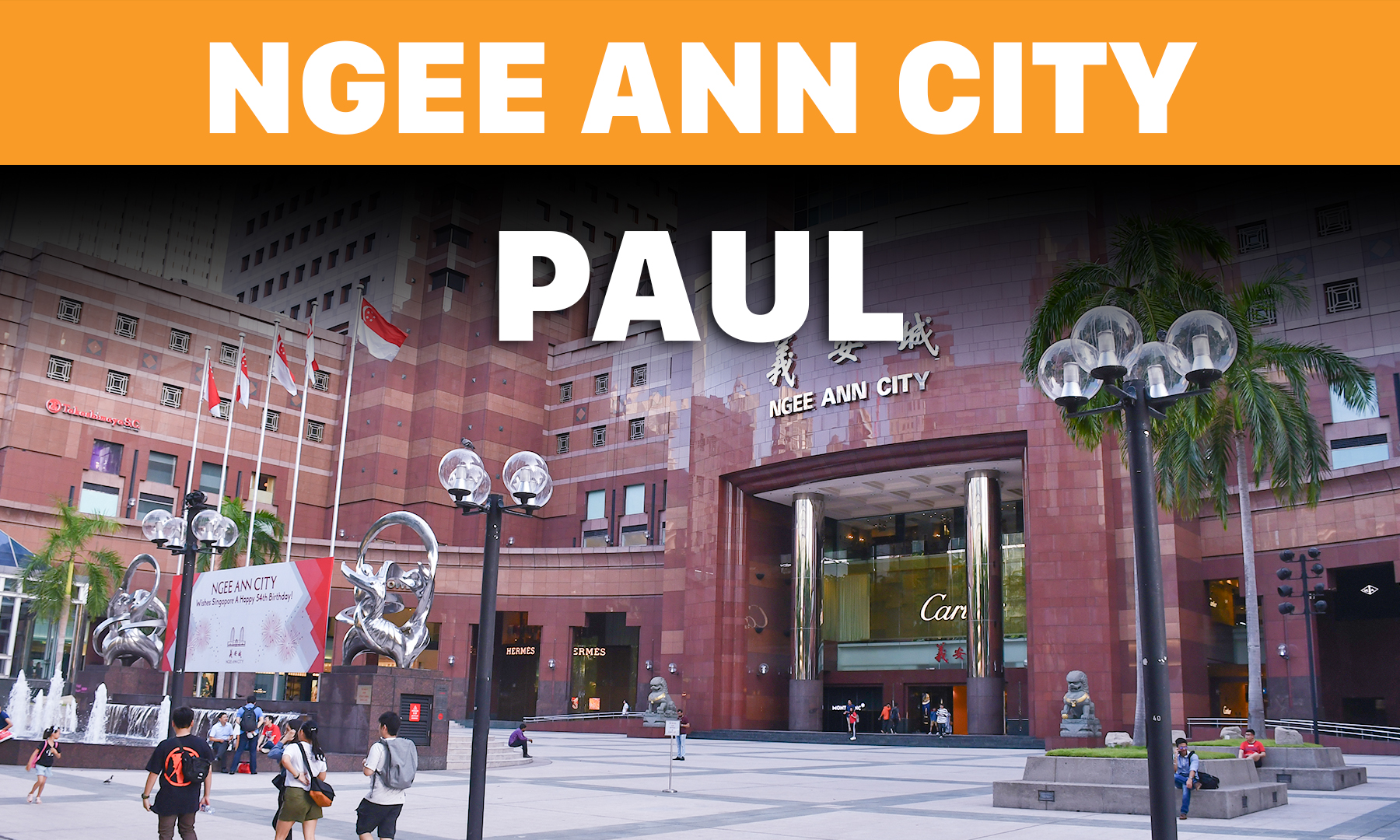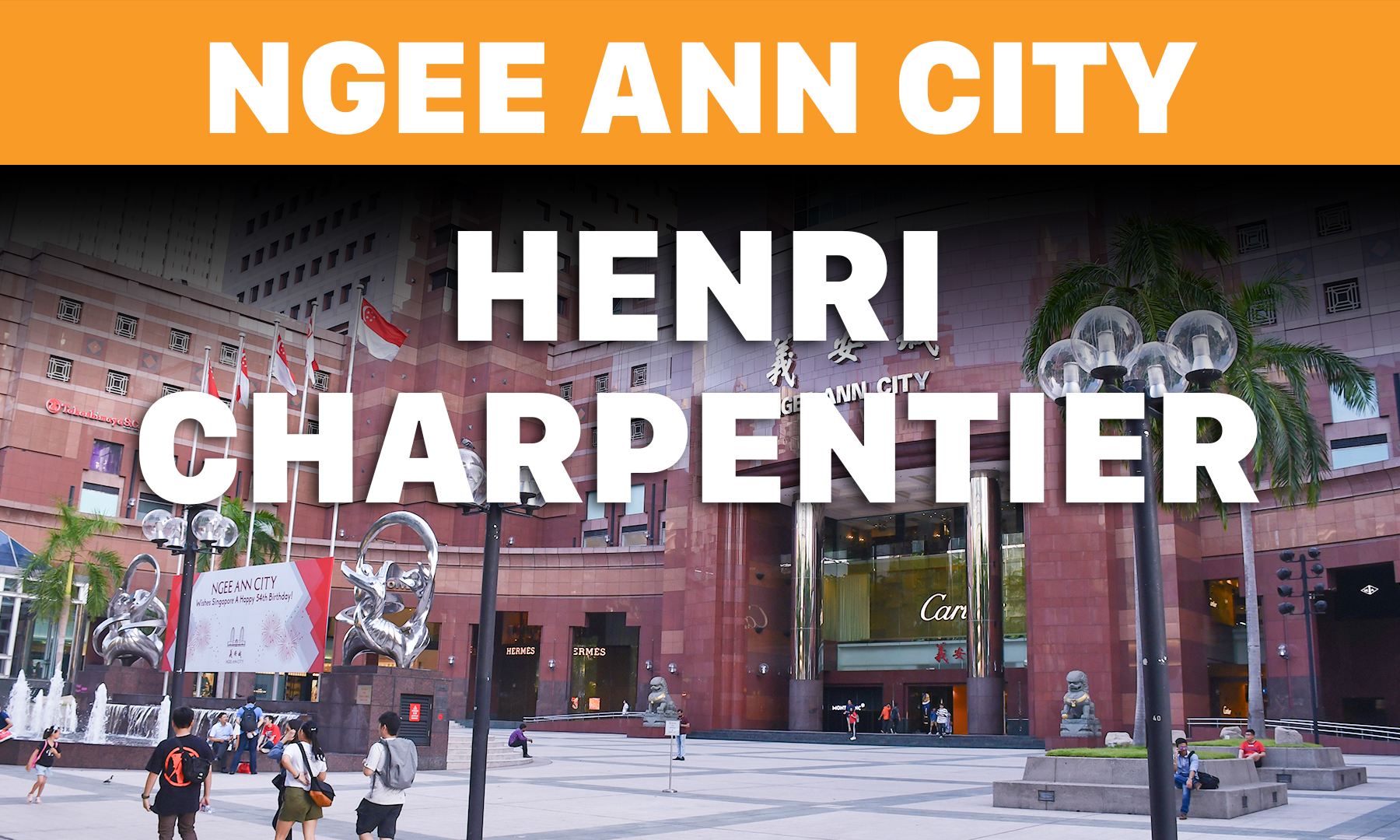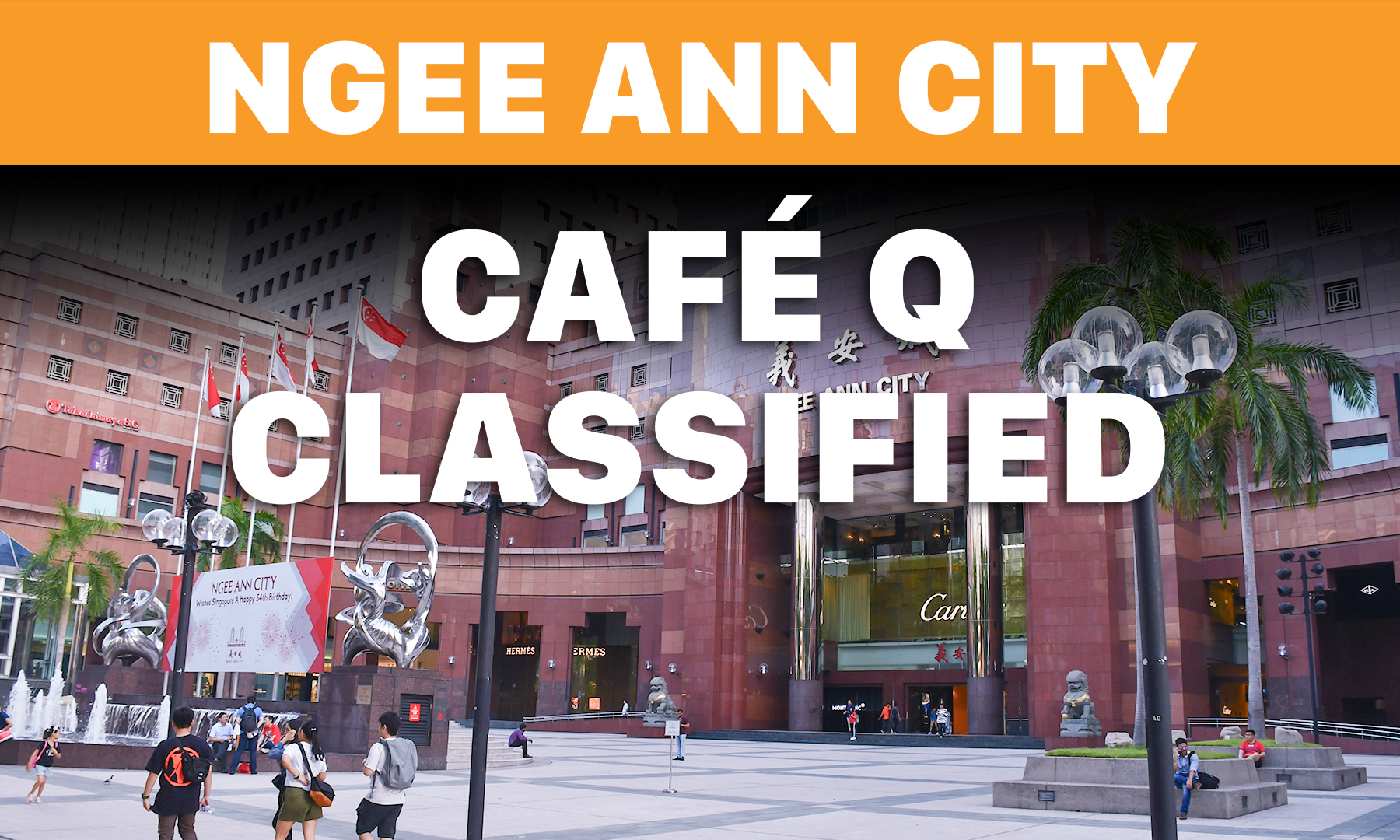The Evolution of Tax Planning Strategies: From Double Irish with Dutch Sandwich to Green Jersey


Introduction:
In the complex world of multinational corporations and global taxation, various strategies have emerged over the years to minimize tax liabilities. Among these, the Double Irish with Dutch Sandwich and Single Malt structures gained notoriety for their ability to shift profits to low-tax jurisdictions. However, as international tax reforms and increased scrutiny on aggressive tax planning took hold, the effectiveness of these strategies has been curtailed. Ireland, known for its pro-business approach, played a prominent role in hosting these structures. In this article, we explore the evolution of tax planning strategies, from the Double Irish with Dutch Sandwich to Ireland's "Green Jersey" approach.
The Double Irish with Dutch Sandwich:
The Double Irish with Dutch Sandwich was a tax avoidance technique employed by multinational companies to minimize tax liabilities. The strategy involved routing profits through two Irish subsidiaries and a Dutch subsidiary, taking advantage of favorable tax regimes and intellectual property rights. Here's a breakdown of the typical steps involved:
- Setting up Irish Subsidiaries: The company established an Irish operating company (IrishCo) and an Irish intellectual property company (IPCo). IrishCo generated profits, while IPCo owned valuable intangible assets.
- Royalties and Licensing Fees: IrishCo paid royalties or licensing fees to IPCo for the use of intellectual property rights. These payments reduced IrishCo's taxable income in Ireland.
- Utilizing Dutch Subsidiary: IPCo, located in the Netherlands, charged a separate, lower royalty fee to a subsidiary in a tax haven, often referred to as a "sandwich" company. The sandwich company paid the low royalty fee to IPCo, effectively shifting profits to the tax haven with minimal or no corporate tax.
- Reducing Tax Liabilities: The profits were effectively transferred from IrishCo to the sandwich company, evading higher tax rates in Ireland. This structure significantly reduced overall tax liabilities for the company.
The Single Malt Structure:
Similar to the Double Irish with Dutch Sandwich, the Single Malt structure aimed to minimize tax obligations through intellectual property arrangements. However, this approach involved a simplified version with only one Irish subsidiary. Here are the steps involved:
- Setting up an Irish Subsidiary: The company established an Irish subsidiary responsible for generating profits.
- Ownership of Intellectual Property: The subsidiary created and owned valuable intellectual property rights, such as patents or trademarks.
- Establishing a "Malt" Company: Another subsidiary was set up in a tax haven jurisdiction, known as the "malt" company. It entered into an agreement with the Irish subsidiary to use the intellectual property rights.
- Royalties and Lower Taxation: The Irish subsidiary paid royalties or licensing fees to the malt company, reducing its taxable income in Ireland. The malt company, situated in a tax haven, charged lower royalty fees to other entities within the corporate structure or external parties.
- Shifting Profits: By utilizing this structure, the company effectively shifted profits to the malt company in the tax haven, thereby reducing its overall tax liabilities.
The Green Jersey Approach:
While the Double Irish with Dutch Sandwich and Single Malt structures gained attention, it's important to note that the term "Green Jersey" refers to Ireland's broader strategy to attract foreign direct investment (FDI) through competitive tax policies and incentives. Ireland established a favorable business environment with a low corporate tax rate (12.5%), positioning itself as an attractive destination for multinational companies. The term "Green Jersey" symbolizes Ireland's pro-business approach and its efforts to encourage foreign investment.
The Changing Landscape:
In recent years, international tax reforms and increased scrutiny on aggressive tax planning practices have significantly limited the effectiveness of these structures. The OECD's Base Erosion and Profit Shifting (BEPS) project and the European Union's Anti-Tax Avoidance Directives are prime examples of initiatives aimed at combating tax avoidance. These changes have compelled countries to align their tax policies with international standards, including Ireland.
Ireland, recognizing the need to address concerns regarding aggressive tax planning, has implemented measures to phase out these structures. The country has taken steps to align its tax policies with international standards and combat tax avoidance. While Ireland's "Green Jersey" approach remains intact, the emphasis has shifted towards fostering a fair and transparent tax environment.
Conclusion:
The Double Irish with Dutch Sandwich and Single Malt structures were once popular tax planning techniques employed by multinational corporations. However, international tax reforms and increased scrutiny have led to significant changes that limit their effectiveness. Ireland's "Green Jersey" approach, representing its pro-business environment, has evolved to address concerns and align with international standards. As the landscape of international taxation continues to evolve, it is crucial for countries and corporations alike to adapt to a more transparent and equitable system.



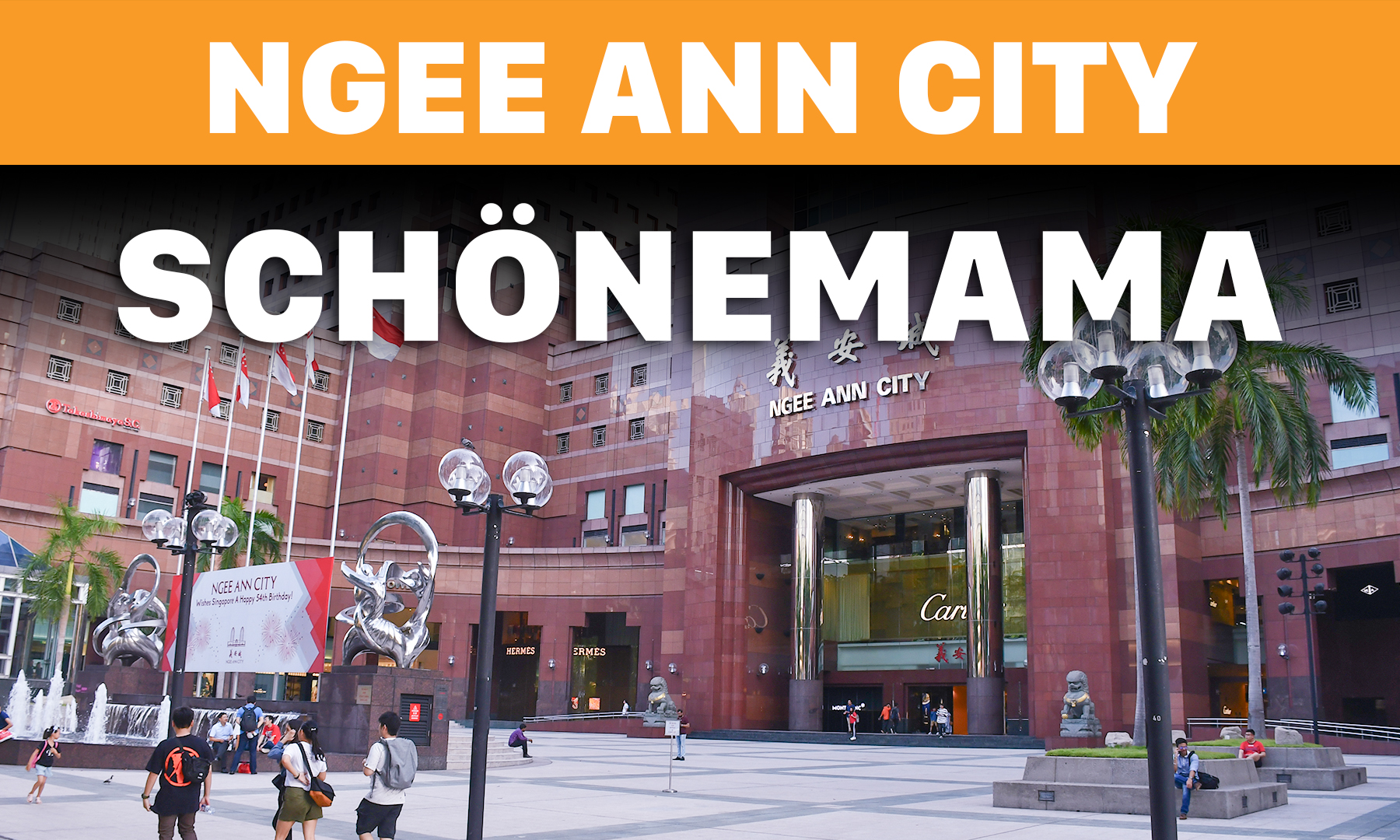
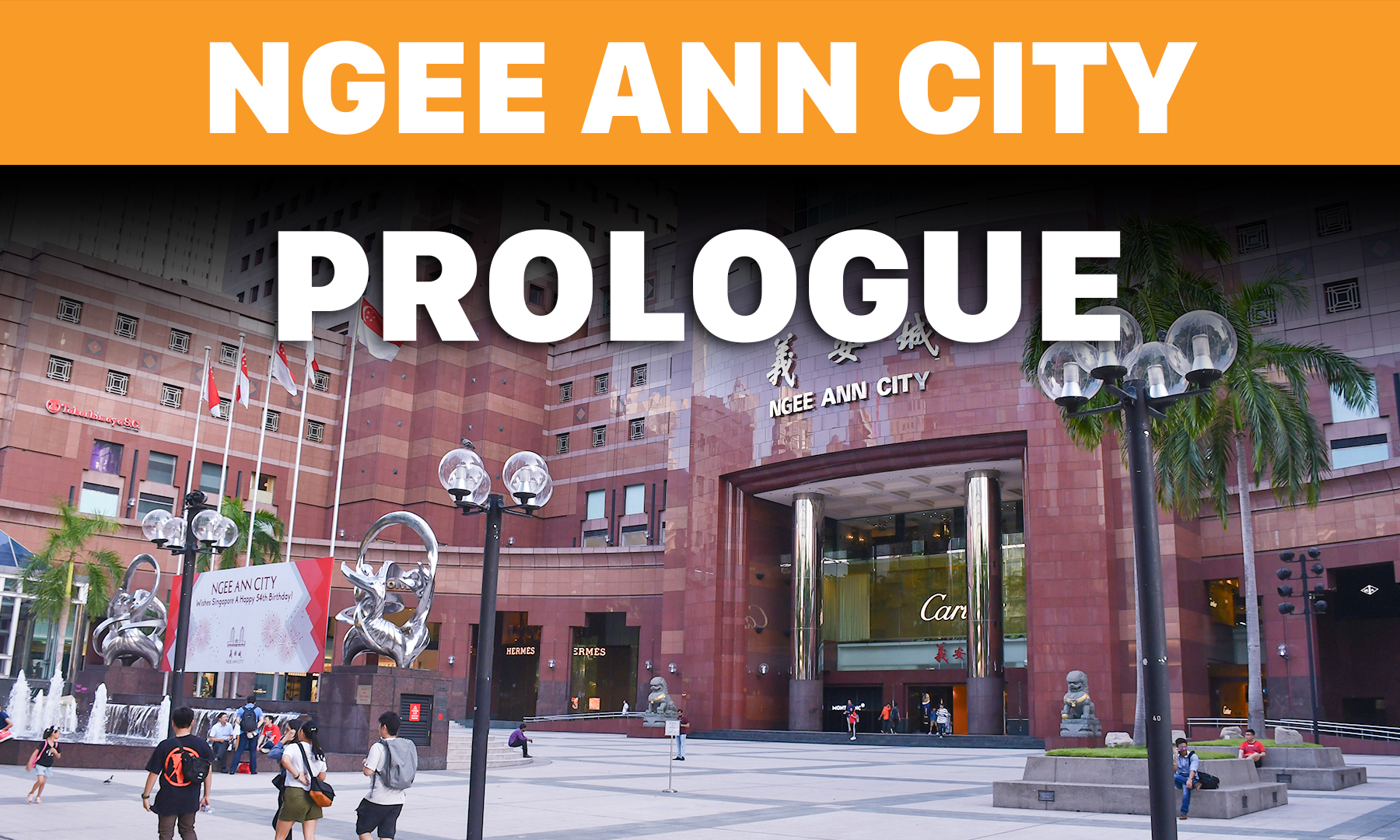


%20copy.jpg)
%20copy.jpg)
%20copy.jpg)
%20copy.jpg)
%20copy.jpg)
%20copy.jpg)
%20copy.jpg)
%20copy.jpg)
%20copy.jpg)
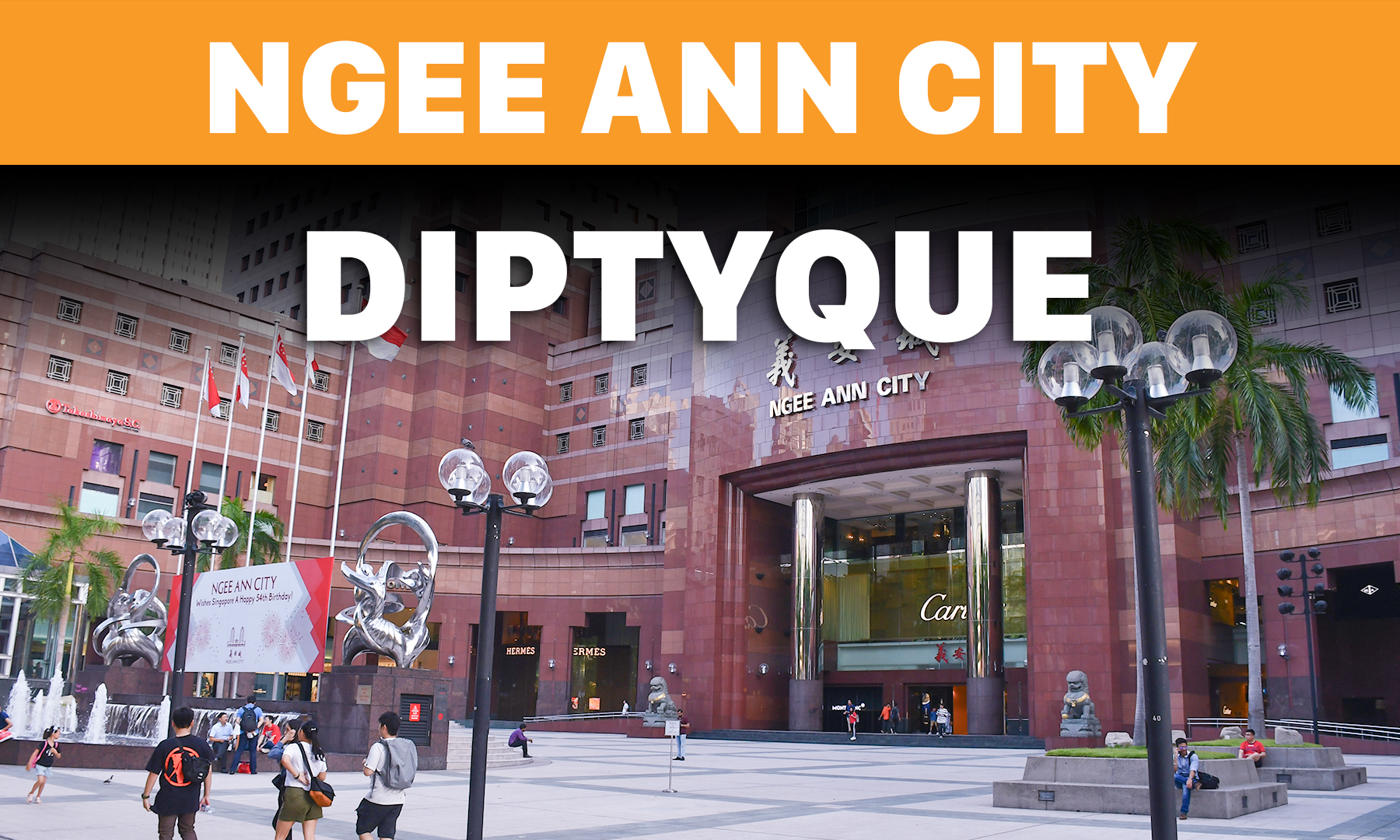

%20conflict.jpg)



%20copy.jpg)
%20copy.jpg)
%20copy.jpg)
%20copy.jpg)
%20copy.jpg)
%20copy.jpg)




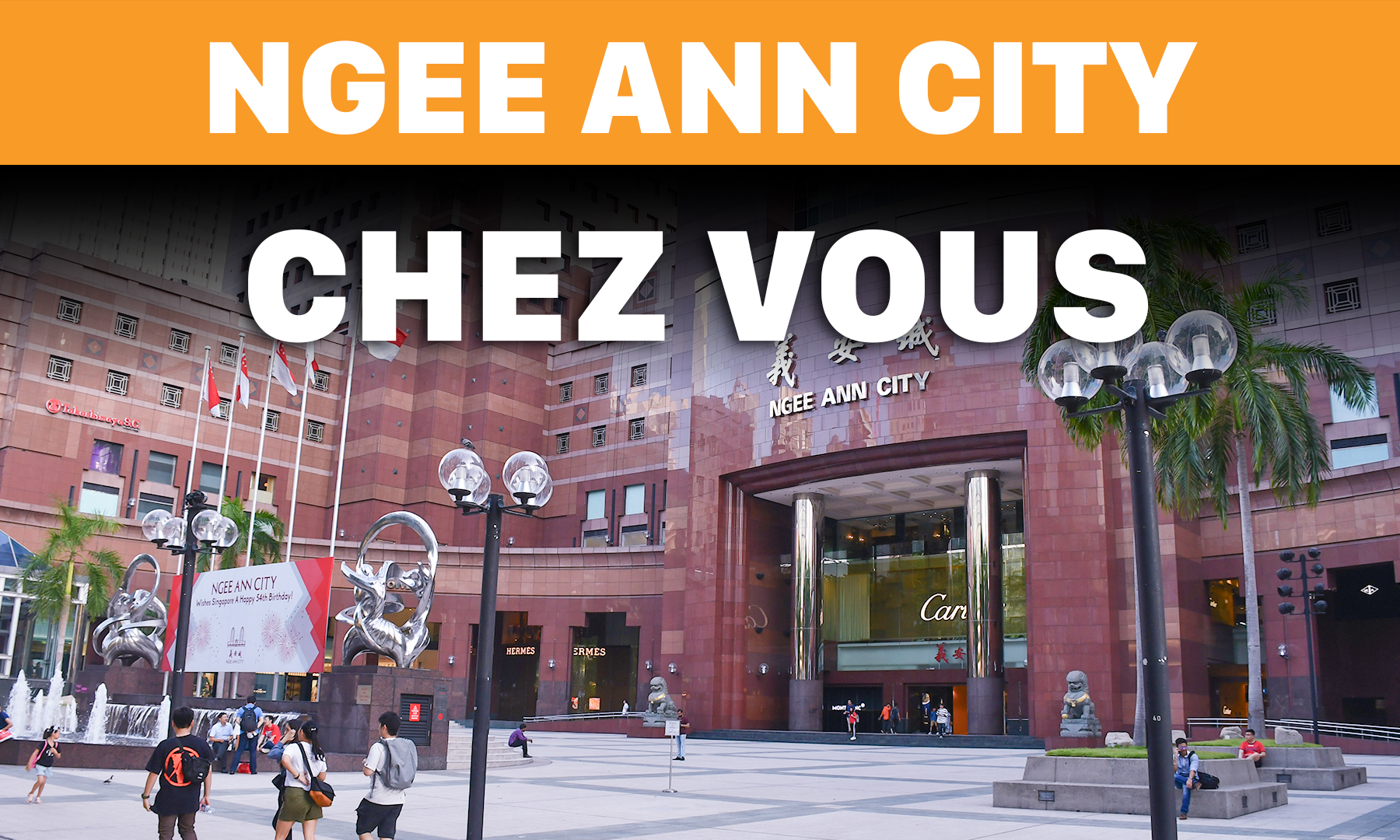







.jpg)

